
Howard Pyle, born March 5, 1853, was an American illustrator, painter, and author, primarily of books for young people.

Pyle was born in Wilmington, Delaware, the son of William Pyle and Margaret Churchman Painter. As a child, he attended private schools and was interested in drawing and writing from a very young age. He was an indifferent student, but his parents encouraged him to study art, particularly his mother. He studied for three years at the studio of Dutch artist Francis Adolf Van der Wielen in Philadelphia, and this constituted the whole of his artistic training, aside from a few lessons at the Art Students League of New York.
In 1876, he visited the island of Chincoteague off Virginia and was inspired by what he saw. He wrote and illustrated an article about the island and submitted it to Scribner's Monthly. One of the magazine's owners was Roswell Smith, who encouraged him to move to New York and pursue illustration professionally.
Pyle initially struggled in New York; his lack of professional experience made it difficult for him to translate his ideas into forms for publication. He was encouraged by several working artists, however, including Edwin Austin Abbey, A. B. Frost, and Frederick S. Church.
He finally published a double-paged spread in the Harper's Weekly issue of March 9, 1878 and was paid $75—five times what he had expected. He became increasingly successful and was an established artist by the time that he returned to Wilmington in 1880. Pyle continued illustrating for magazines. He also collaborated on several books, particularly in American history. He wrote and illustrated his own stories, beginning with The Merry Adventures of Robin Hood in 1883. This book won international attention from critics such as William Morris.
His 1883 classic publication The Merry Adventures of Robin Hood remains in print, and his other books frequently have medieval European settings, including a four-volume set on King Arthur.
He is also well known for his illustrations of pirates, and is credited with creating what has become the modern stereotype of pirate dress. Pyle developed his own ideas for illustrating pirate dress, as few examples existed of authentic pirate outfits and few, if any, drawings had been preserved. He created a flamboyant style incorporating elements of Romani dress. His work influenced the design of costumes for movie pirates but It has been noted as highly impractical for working sailors.
He published his first novel Otto of the Silver Hand in 1888. He also illustrated historical and adventure stories for periodicals such as Harper's Magazine and St. Nicholas Magazine. His novel Men of Iron was adapted as the movie The Black Shield of Falworth (1954).
In 1894, he began teaching illustration at the Drexel Institute of Art, Science, and Industry (now Drexel University). Among his students there were Violet Oakley, Maxfield Parrish, and Jessie Willcox Smith.
After 1900, he founded his own school of art and illustration named the Howard Pyle School of Illustration Art. Scholar Henry C. Pitz later used the term Brandywine School for the illustration artists and Wyeth family artists of the Brandywine region, several of whom had studied with Pyle. He had a lasting influence on a number of artists who became notable in their own right; N. C. Wyeth, Frank Schoonover, Thornton Oakley, Allen Tupper True, Stanley Arthurs, and numerous others studied under him.
In 1903, Pyle painted his first murals for the Delaware Art Museum. He took up mural painting more seriously in 1906 and painted The Battle of Nashville in Saint Paul, as well as two other murals for courthouses in New Jersey (the Essex and Hudson County Courthouses).
Pyle had married singer Anne Poole on April 12, 1881, and the couple had seven children. In 1889, he and his wife sailed to Jamaica, leaving their children in the care of relatives. While they were overseas, their son Sellers died unexpectedly. This loss likely inspired his children's book The Garden Behind the Moon, which is about death and bears the dedication: "To the little Boy in the Moon Garden This Book is dedicated by His Father."
In 1910, Pyle and his family went to Italy where he planned to study the old masters. Suffering poor health, he felt depressed and drained of energy. After one year in the country, he suffered a kidney infection and died in Florence at the age of 58. Over the decades he published many illustrated works for children, many of which are still in print today.
Reading Recommendations & Content Consideration
Howard Pyle The Book of Pirates
His life - His Work Howard Pyle







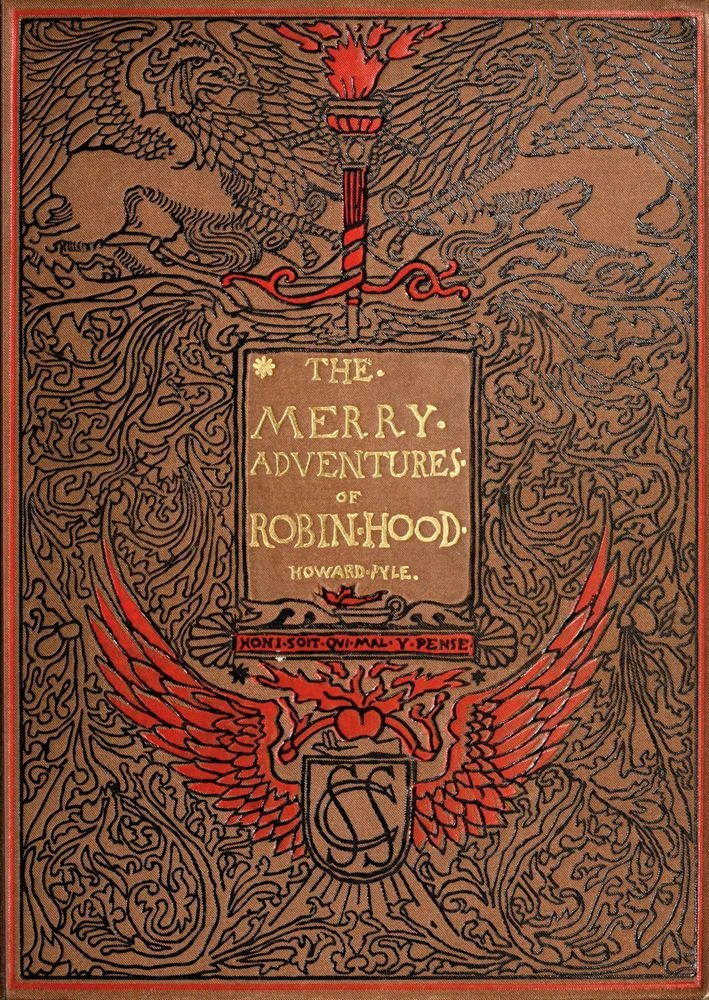




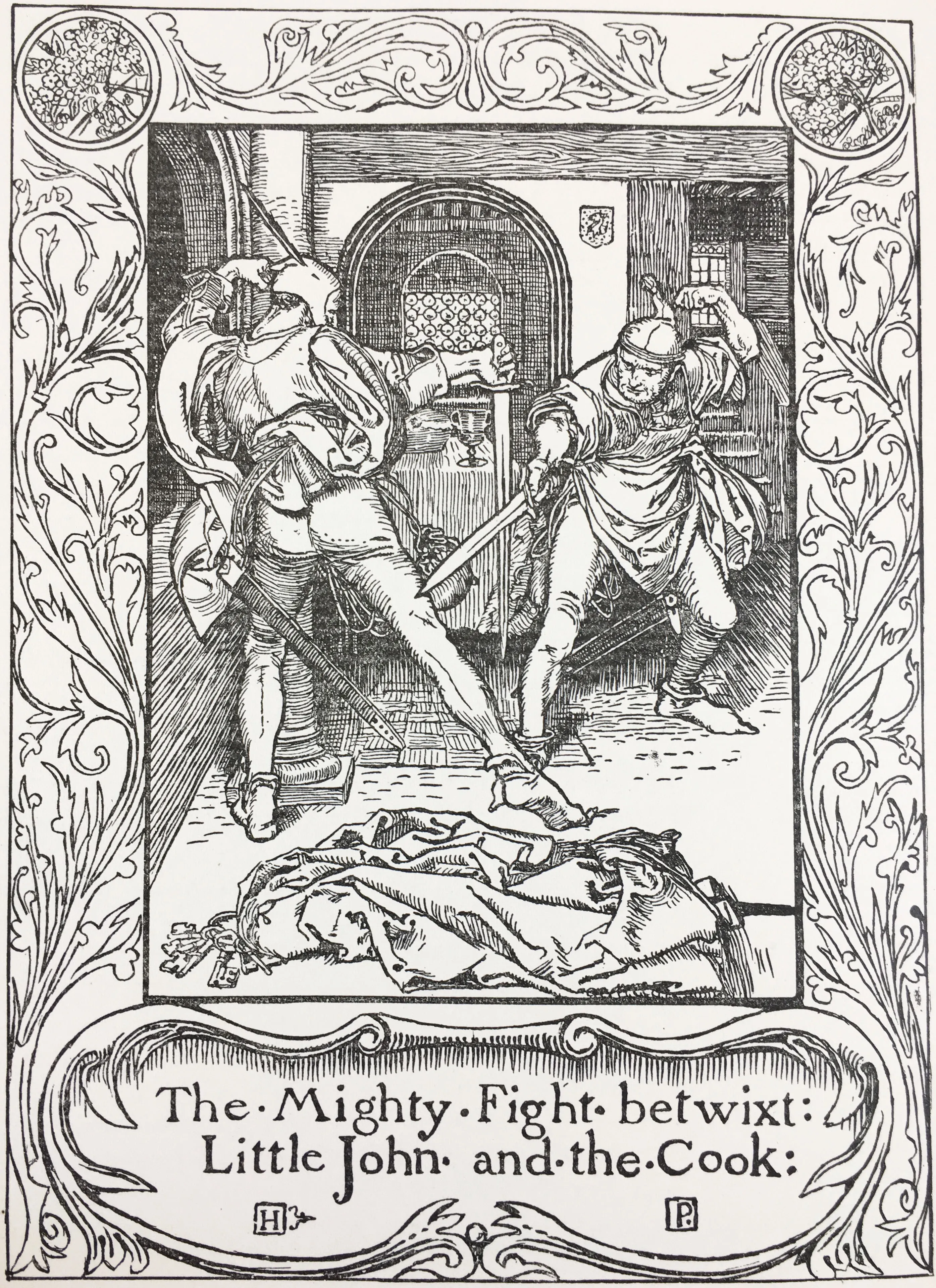










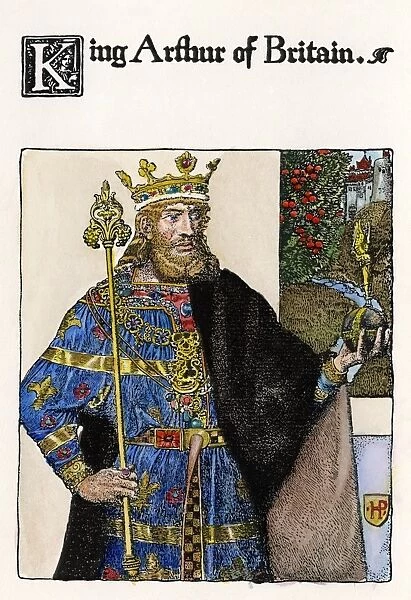




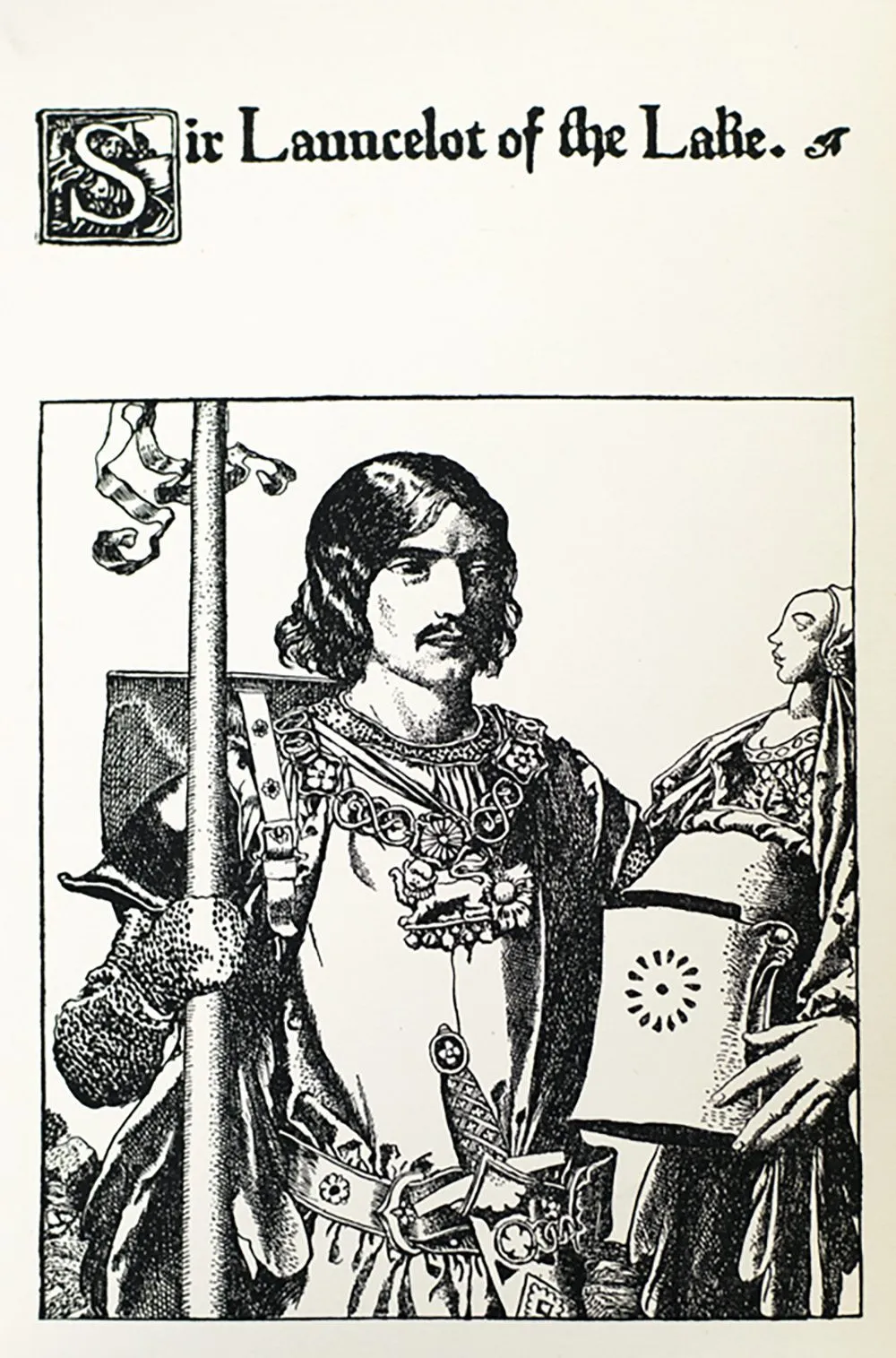


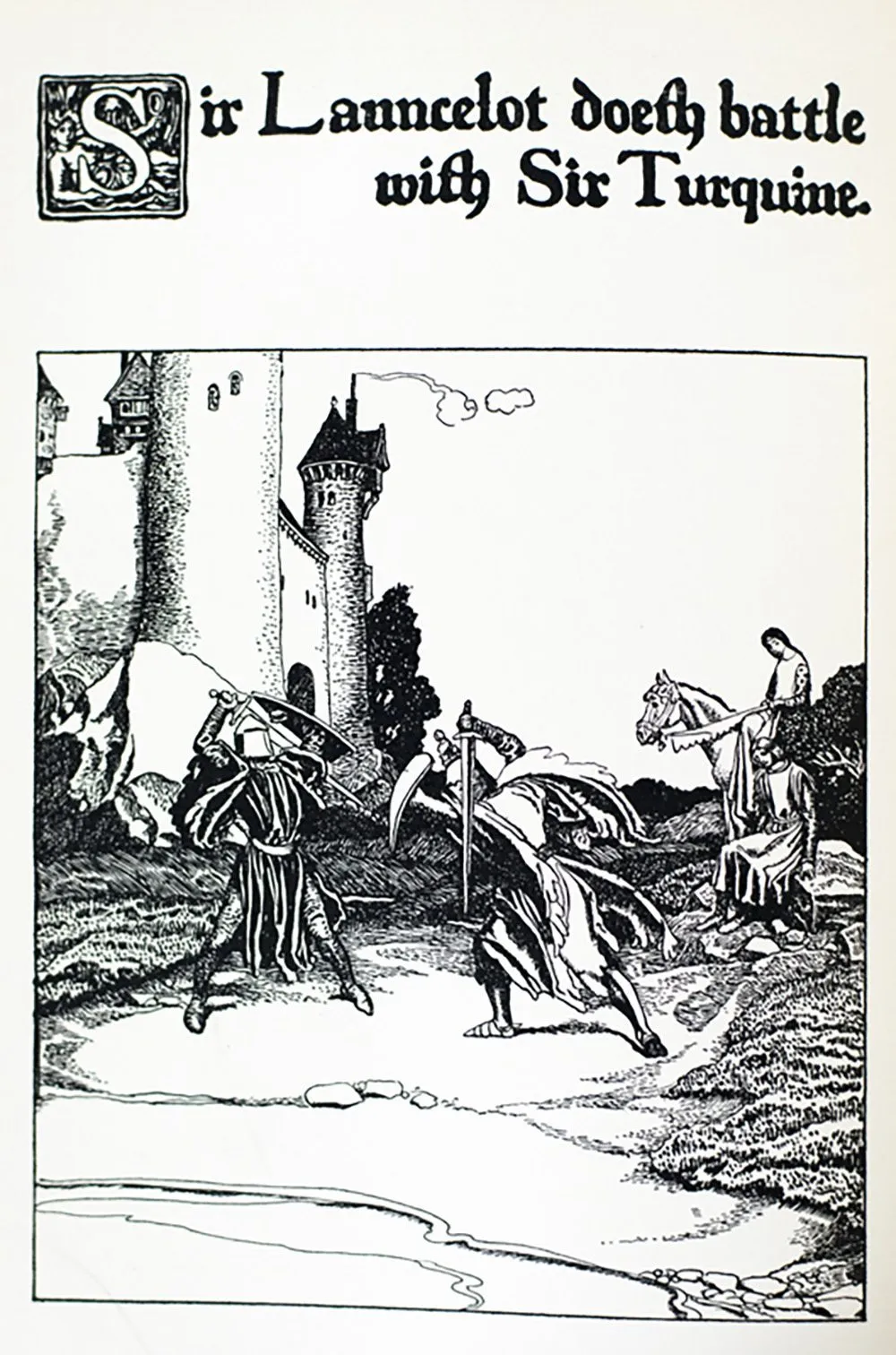
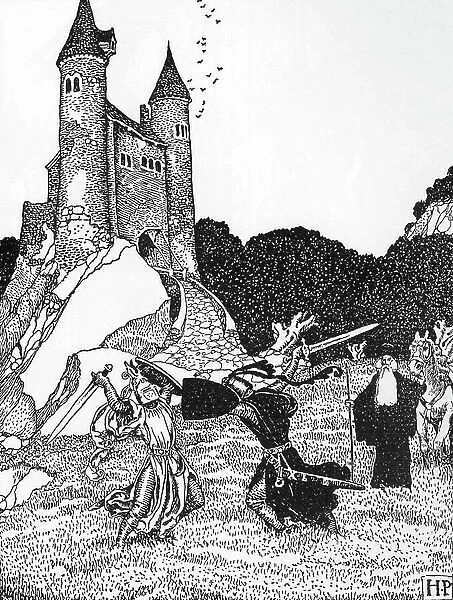











































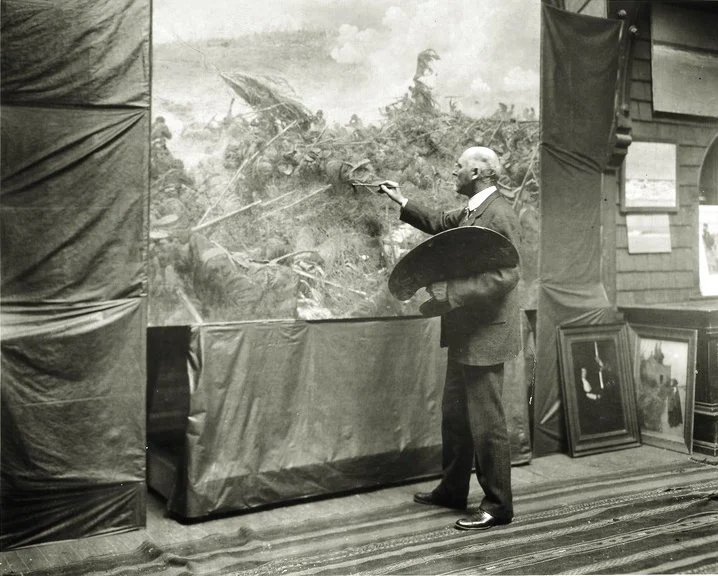
























































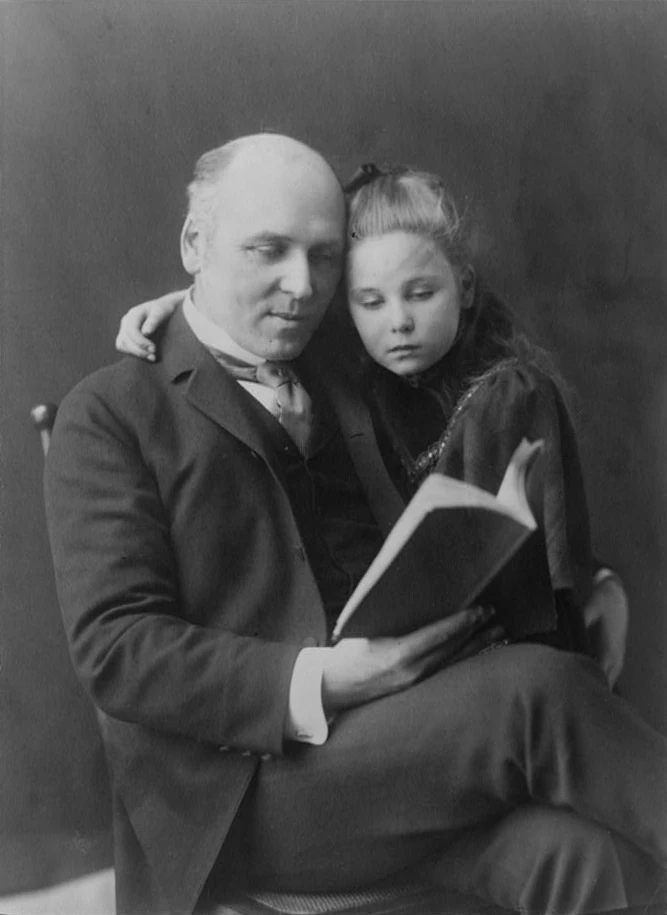






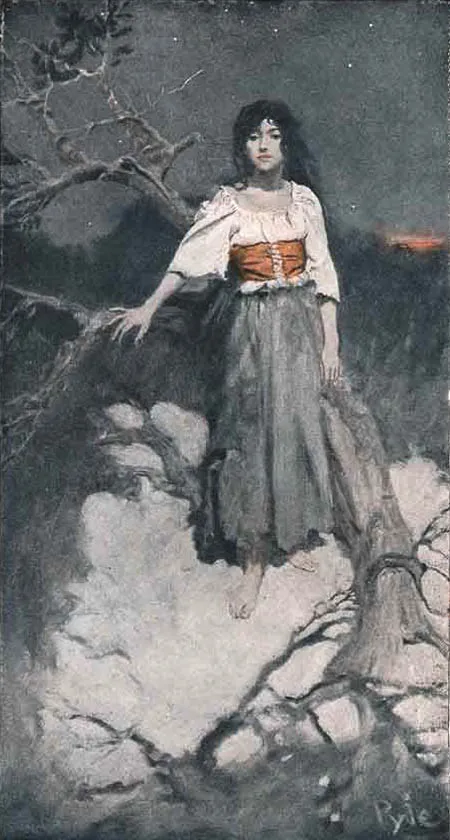


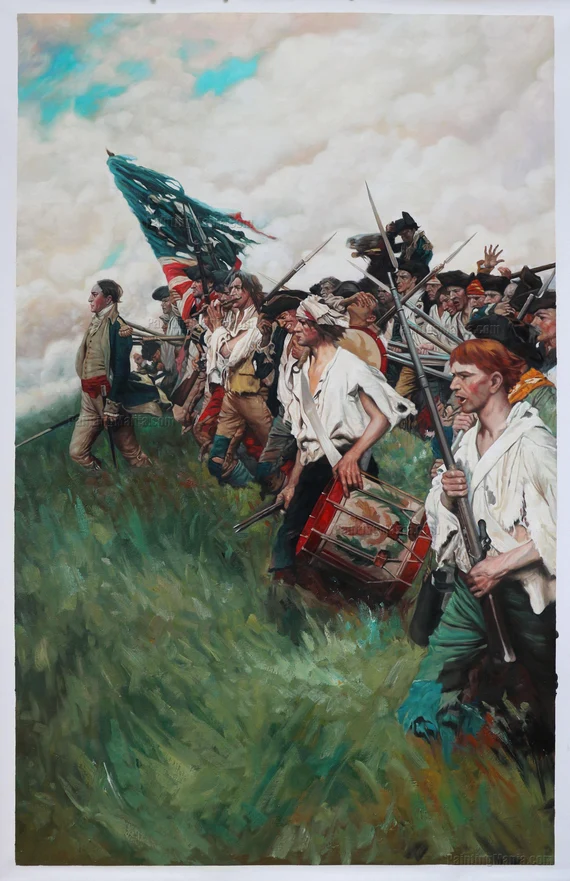






































Comments